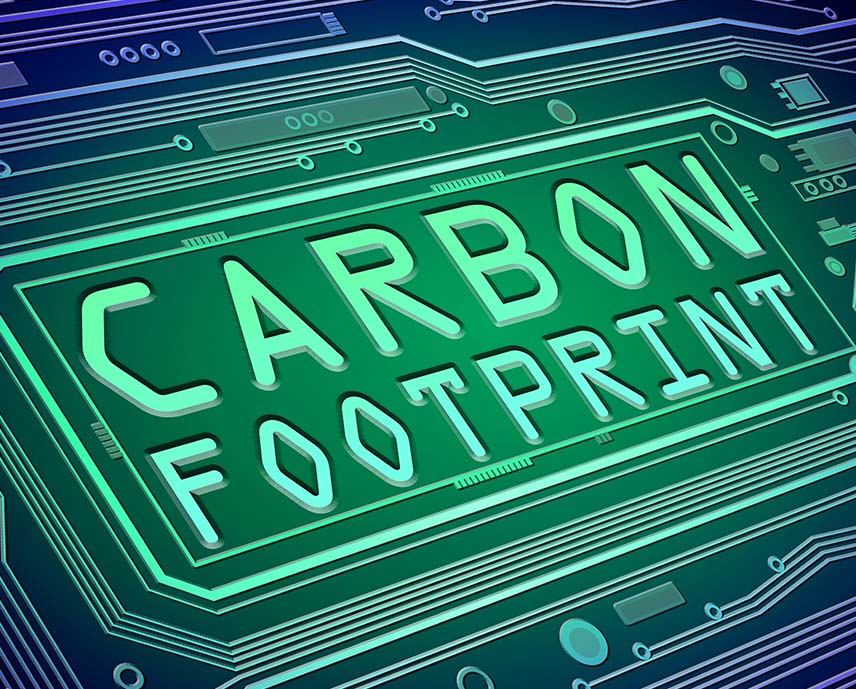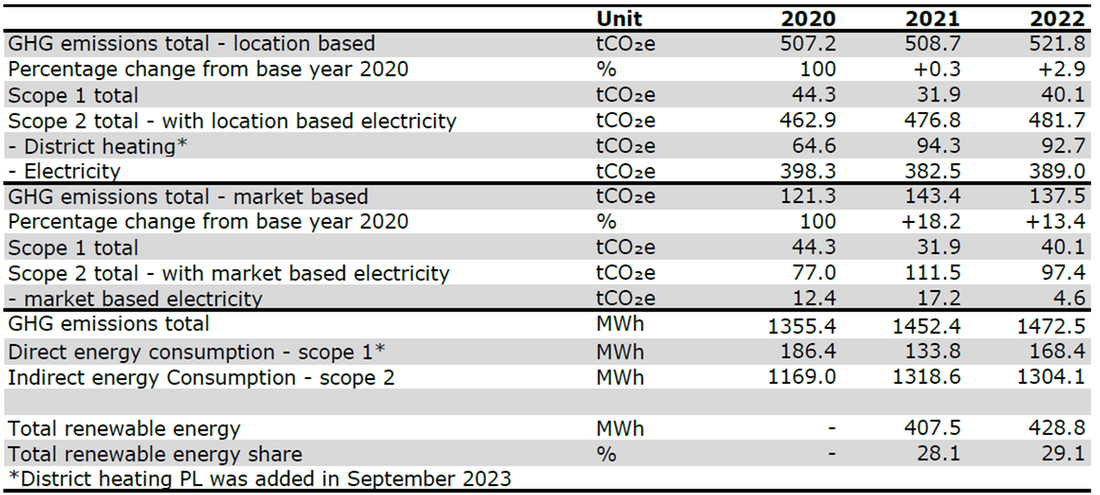
Winning stories - Highlight
GHG Carbon Footprint 2020 - 2022
Direct (Scope1) and Indirect (Scope2)
This report overviews of the Eltwin Group greenhouse gas (GHG) emissions - as an integrated part of our CSR strategy. The carbon footprint report enables us to benchmark performance indicators and evaluate progress over time. The input data is based on consumption data from internal and external sources, which are converted into tonnes CO2-equivalents (tCO2e). The carbon footprint analysis is based on the most widely used and recognised international standard - the Greenhouse Gas Protocol.

Our parent company, NIBE Group, has set a target of reducing direct (scope 1) and indirect (scope 2) CO2 emissions - the long-term goal is to be carbon neutral by 2050. In the shorter term, the goal is to reduce our CO2 emissions by 65% by 2030, based on the companies included in the 2019 baseline. Eltwin Group is a part of the NIBE Group targets.
We have purchased renewable electricity certificates for all our operations worldwide, to guarantee the origin of our electricity and these help us reduce our market-based CO2 emissions. The certificates and the electricity consumption are not 100% aligned due to the pre-purchase of the certificates.
Scope 1 includes the direct emissions that occur from sources owned or controlled by Eltwin Group.
Our scope 1 includes transportation covering transportation in Denmark and Poland. The transportation data varies over the years 2020-2022, partly due to the pandemic. Another reason for this variation is the sources from which we have collected our data. We have partly used credit cards as payment instead of fuel cards, which has prevented us from gaining full insight into our purchased fuels. Fuel paid by credit card could not be included in Scope 1, as it was not possible to collect consumption data on these purchases. We are currently changing our internal procedures to ensure improved data collection moving forward.
Scope 2 includes the indirect emissions from electricity and district heating purchased and consumed by Eltwin Group.
Scope 2 location-based emissions are calculated by summing up the emissions from district heating and location-based electricity. District heating emissions are based on the kWh consumption and calculated using emission factors from local utility companies or national average data. Location-based electricity emissions are calculated by applying the appropriate IEA (International Energy Agency) and Danish Energy Agency (the 125% method) emission factors to our kWh consumption of electricity for each location.
Scope 2 market-based emissions are calculated differently: we apply a zero-emission factor to the green electricity consumption and an emission factor (the residual mix) from IEA and Danish Energy Agency (the 125% method) to the grid electricity. The district heating component remains the same as for the location-based method. The market-based emissions are lower than location-based emissions, as Eltwin Group has purchased renewable energy certificates for their electricity consumption, leading to lower emissions overall.
